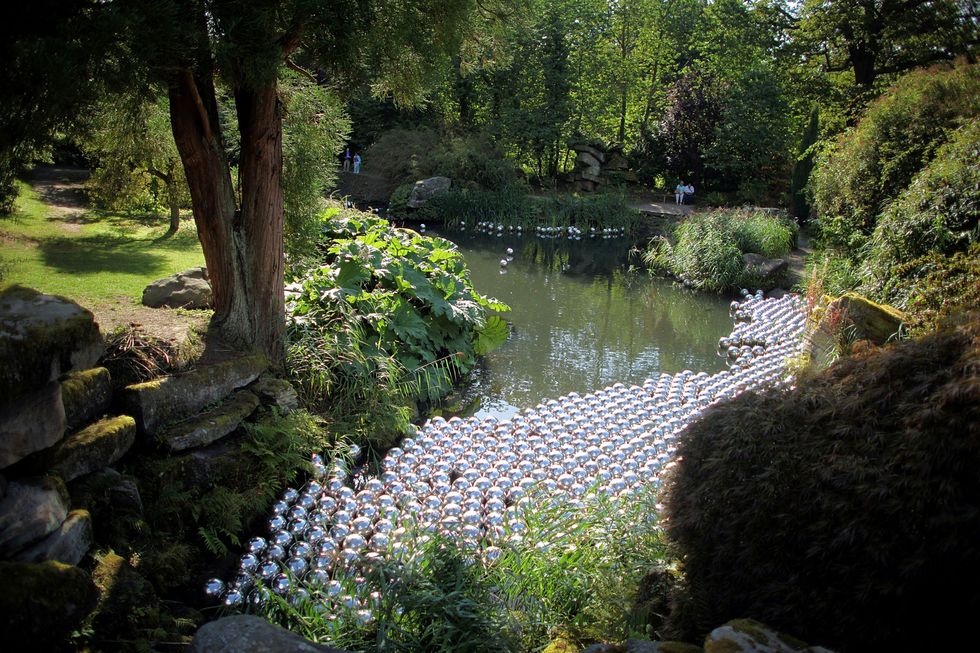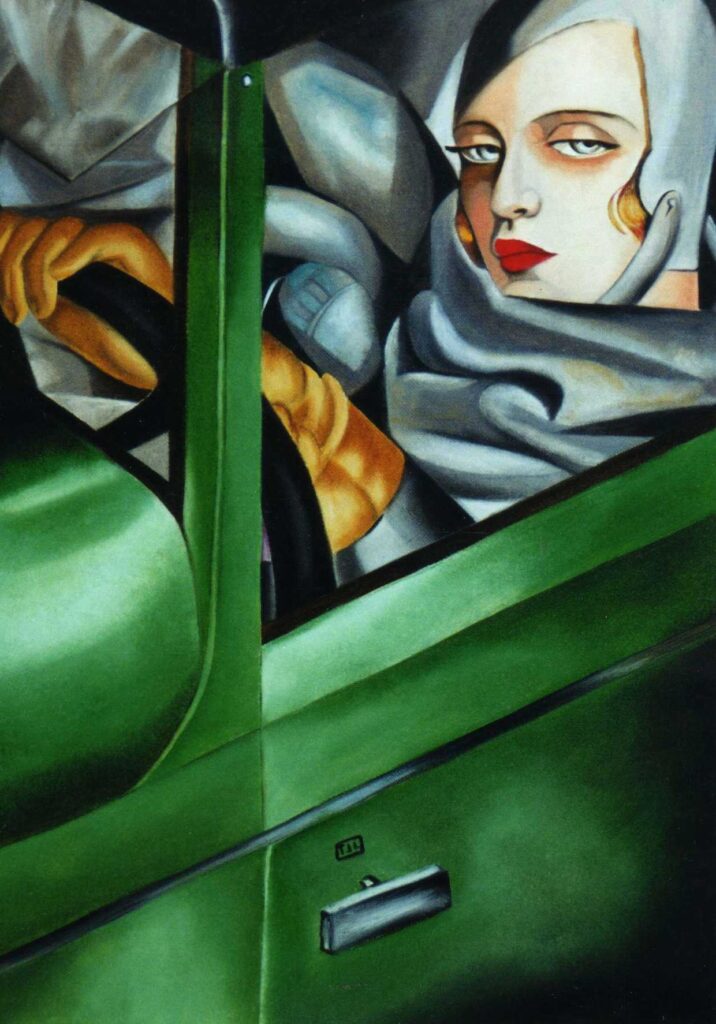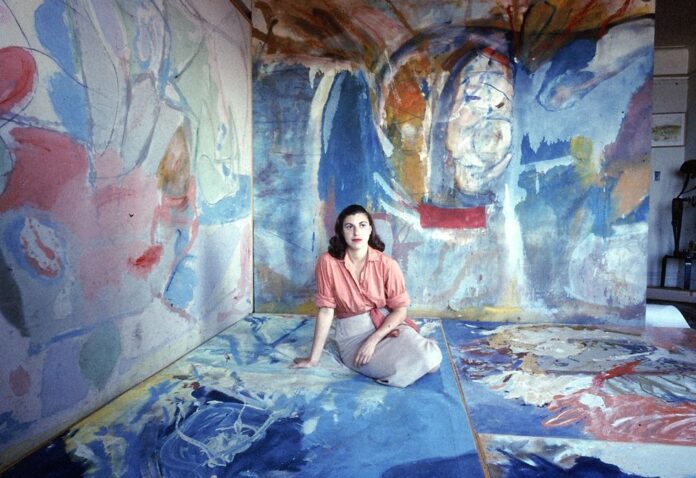Gender inequality highlights its main influence in all spheres of the world. Women have been fighting for their rights since the end of the nineteenth century, and today the struggle continues. There is still a lack of opportunities for women in today’s world as they face discrimination and infighting in every field they enter.
Women artists face their own challenges, for the truth is that women have never truly been presented and treated in the same way. Along with the struggle for representation comes another dilemma, highlighting the problem that women artists bring in less money than men’s paintings.
The main problem is that neither the world nor the arts society provides gender parity. This is possibly due to the inequalities that have existed since the Renaissance, given that women were largely excluded from the field and were not allowed to enter artistic professions and teaching until the 1870s.
We see how women artists have been marginalized over the years in terms of discrimination and wages in the art world, despite claims of inclusiveness and impartial representation of artists. Women artists and cultural professionals often have less access to creative and production resources and are underrepresented in management and decision-making positions.

In the field of arts and culture, and in particular, in the visual arts, manifestations of gender inequality and gender bias manifest themselves in complex ways. Yet, women and gender-diverse people continue to be significantly underrepresented in positions of leadership in the cultural sector as well as in the collections and exhibitions of major visual arts institutions.
It is critical to understand the historic and contemporary contexts that have shaped and continue to influence where we are now.
The year 2021 marked fifty years since Linda Nochlin’s influential feminist art history essay ‘Why have there been no great women artists?’ was first published. Nochhlin has turned art history upside down by exploring social, educational, and institutional barriers to the recognition and representation of women artists.

Many women artists throughout history succeeded despite institutional exclusion and social inequities. The world’s first international study An empirical analysis of price differences for male and female artists in the global art market by researchers from Monash University, Maastricht University (The Netherlands) and Artnet Worldwide, published in early 2021, revealed how disparity continues to play out in the secondary art market.
We believe that creative sectors and the arts are places where equality, freedom and progressive thinking are fundamental. Only by eliminating structural gender inequalities will women artists continue to create new paradigms and awaken awareness. And only in this direction will we be able to strengthen our critical, creative and creative ability as a society.

























